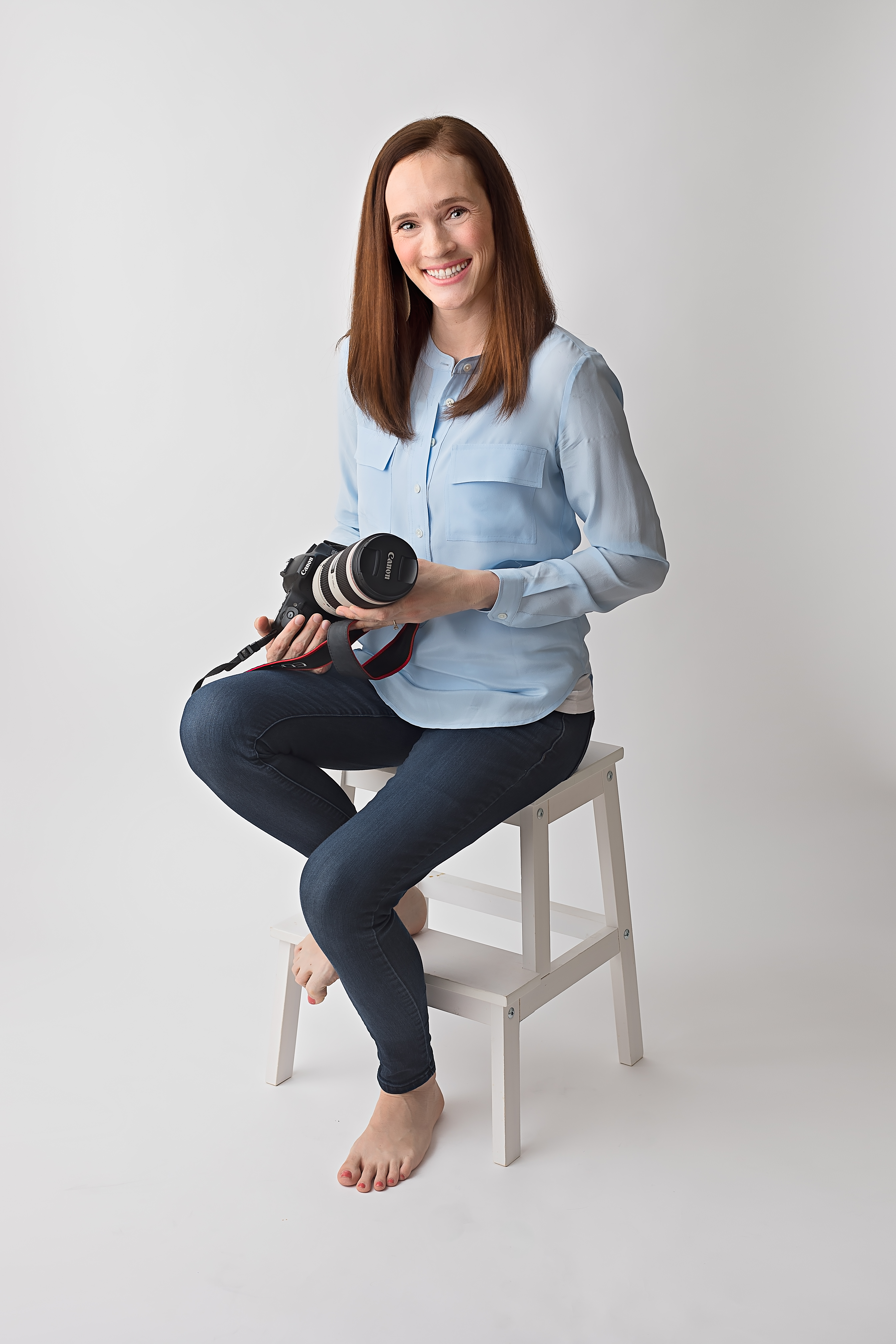Winter is here, and with it comes one of the most stunning backdrops a photographer could ask for—snow! Its soft, dreamy aesthetic can make any family portrait feel magical. But let’s be real: photographing in the snow comes with its own set of challenges. Don’t let these pitfalls ruin your snowy sessions!
Want to make your winter portraits POP? Let’s dive into the three biggest mistakes photographers make in the snow and, more importantly, how to fix them. ❄️
.jpg)
Mistake #1: Overexposed Whites
Snow might look like a crisp, bright blanket, but to your camera, it’s a potential hazard. The reflective surface can trick your camera’s meter into thinking the scene is overly bright, leading to overexposed, detail-less snow that looks more like a white blob than a winter wonderland.
✨ Fix It:
- Use your camera’s exposure compensation to slightly underexpose your image, aiming for about -1 to -2 EV.
- This adjustment preserves the snow’s texture, showing the sparkle and detail that make winter shots magical.
- If you’re unsure, review your histogram after each shot to ensure you’re not blowing out the highlights.
Mistake #2: Incorrect White Balance
Snow doesn’t just mess with exposure—it can also wreak havoc on your colors. Snow naturally reflects the blue tones of the sky, giving skin a cold, unnatural hue. This can leave your subjects looking less warm and lively than you’d like.
✨ Fix It:
- Set your white balance to “Cloudy” or manually adjust it to warm up your tones.
- If you shoot in Kelvin mode, a good starting point is 5500K. Adjust slightly warmer or cooler as needed, depending on the lighting and the look you’re going for.
- Pro Tip: Always shoot in RAW. This allows you to fine-tune white balance and color temperature in post-production, saving you time and stress.
Mistake #3: Lost Details
One of the biggest challenges in snow photography is managing contrast. Bright snow next to darker clothing or shadows can lead to lost details in both the highlights and the shadows. The result? Faces might look too dark, and backgrounds might lose their beautiful depth.
✨ Fix It:
- Meter off your subject instead of the snow to ensure their skin tones are properly exposed.
- Use a reflector or off-camera flash to add light to your subject’s face and balance out harsh shadows.
- Shooting in soft, diffused light—like on an overcast day or during golden hour—can naturally even out the light, making it easier to capture details in both your subjects and the snowy backdrop.
Bonus Tips for Stunning Snow Portraits
- Scout Locations Carefully: Snow-covered trees, fences, and pathways can create magical leading lines and textures, but look out for distracting elements like footprints or dirty patches of snow.
- Dress for the Weather: Keep your clients comfortable with warm layers, boots, and even hand warmers. When people feel warm, their smiles look more natural!
- Use Contrast to Your Advantage: Bright snow can make your subjects pop if they’re wearing darker or colorful outfits. Encourage your clients to wear colors that complement the scene.
Ready to Master Snow Photography?
Snowy shoot season is officially here, and it’s one of the best times to get creative with your camera. By avoiding these common mistakes, you’ll elevate your winter portraits from average to absolutely magical.
Have you tried these tips? Share your snowy photography wins (or questions!) in the comments below!
.jpg)









